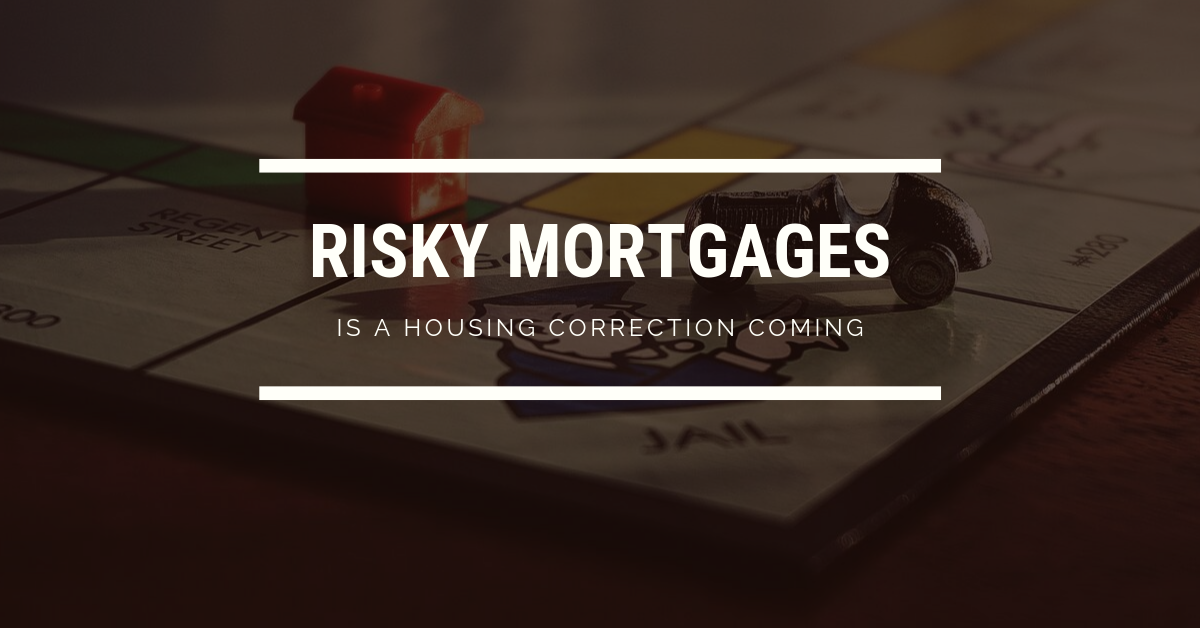The Washington Post recently posted an article written by Damian Paletta examining the exposure of risky mortgages held by government backed entities. In the article Paletta writes FNMA, FHLMC, and FHA guarantee almost $7 trillion in mortgage related debt.

Since home ownership rates fell after the Great Recession, various stake holders have pressured the agencies to loosen their lending requirements to make mortgages easier to come by for borrowers with high debt-to-income, and low down payments. These types of loans are considered riskier because they have higher default rates.
As the economy worsens, traditional lenders pull back from the market by tightening their credit qualifications. However, government backed entities can't retreat from the market as quickly due to obligations to act as market makers, and missions that are not solely focused on profit and loss. This creates a lifeboat scenario where the government backed entities wind up taking the majority of these loans as the market reaches peak value before pulling back to reset itself.
The peak and trough cycle is common, and is not necessarily a bad thing. It helps markets regulate themselves. However, buyers who have tight cash flow and limited investment in the home, are the most likely to default on their homes. They haven't owned it for long, have little emotional history with it, and potentially negative equity. Therefore, struggling to maintain home ownership is less appealing.
How the government responds to these risks will be interesting to see. Once FHA, FNMA, and FHLMC start retreating from the market, it's a relatively sure bet that a housing market correction has already occurred. The question will be how significant the correction is, and how long it will last. Some markets will barely notice, other markets are likely to experience a somewhat significant price reduction.
Due to inflation, real estate values almost always rise in areas with steady jobs and limited available land. As always, buyers should focus on a home they can well afford with a focus on the long term. If you are thinking of buying a home in an area with a negative job growth, and ample housing supply, you should proceed with caution.
One of the best ways to gauge the risk associated with buying a home is to look at the rent / mortgage ratio. Simply divide the monthly rent the market would pay for the home by the mortgage payment it would take to own the home. If the ratio is less than 1 it's a good indication the home's market value may be too high to maintain in a market correction. For example, a house with a rent value of $3,500 and a mortgage payment of $3,000 is a safe bet. On the other hand, if the rent value is $2,000 and the mortgage payment is $4,000 the value is likely to fall during a market correction.
For help finding your next place in the world, schedule a no-obligation market consultation. We will help you sort out your options and make a plan that will give you the greatest odds of winning the game of real estate.